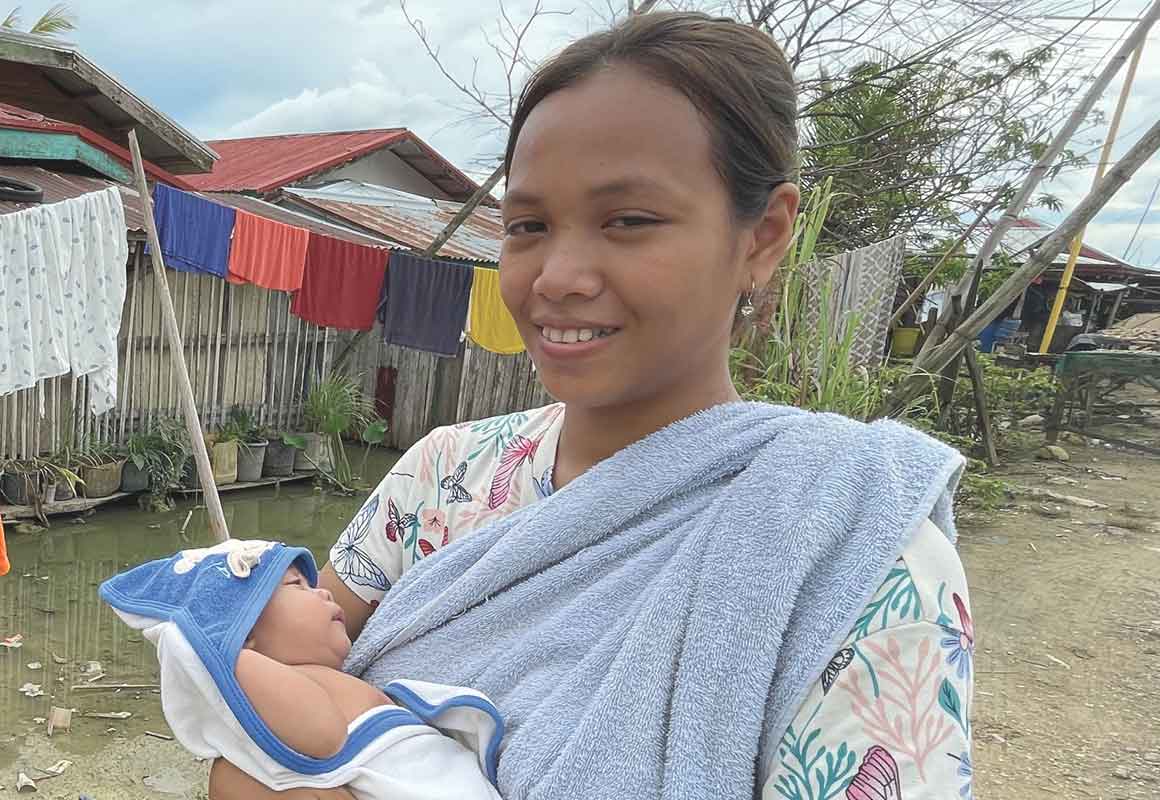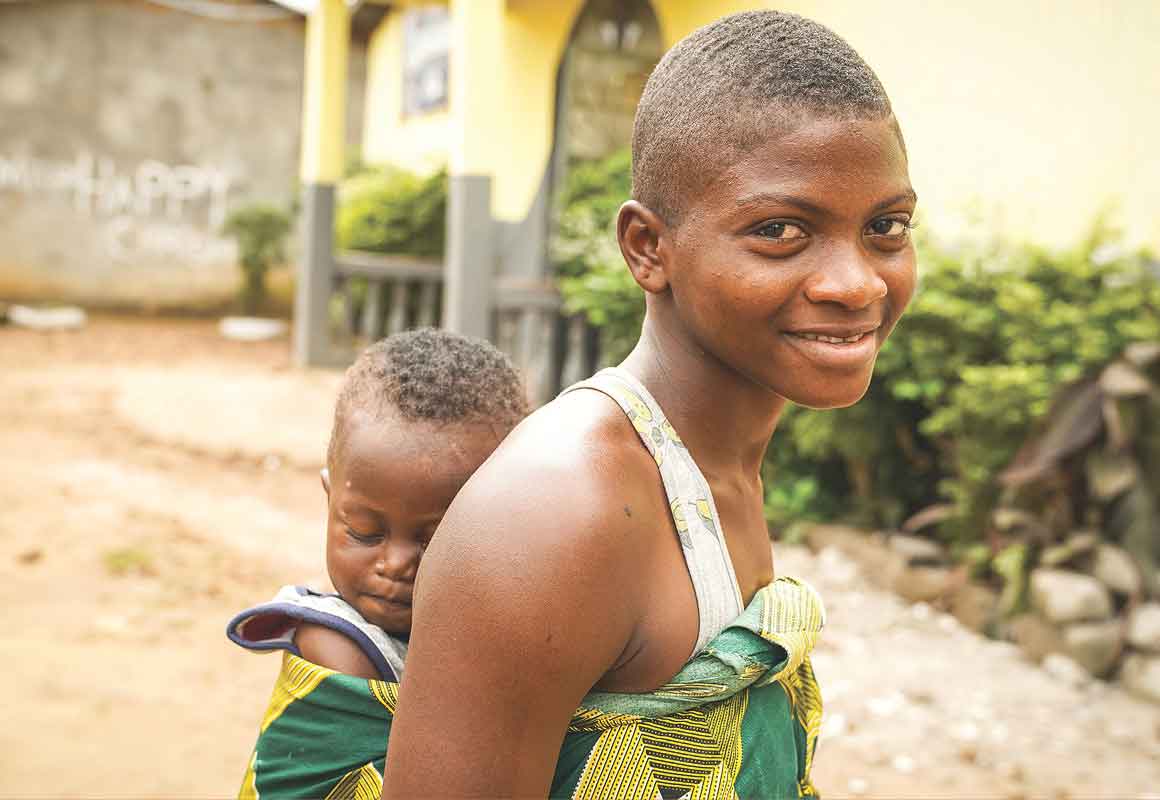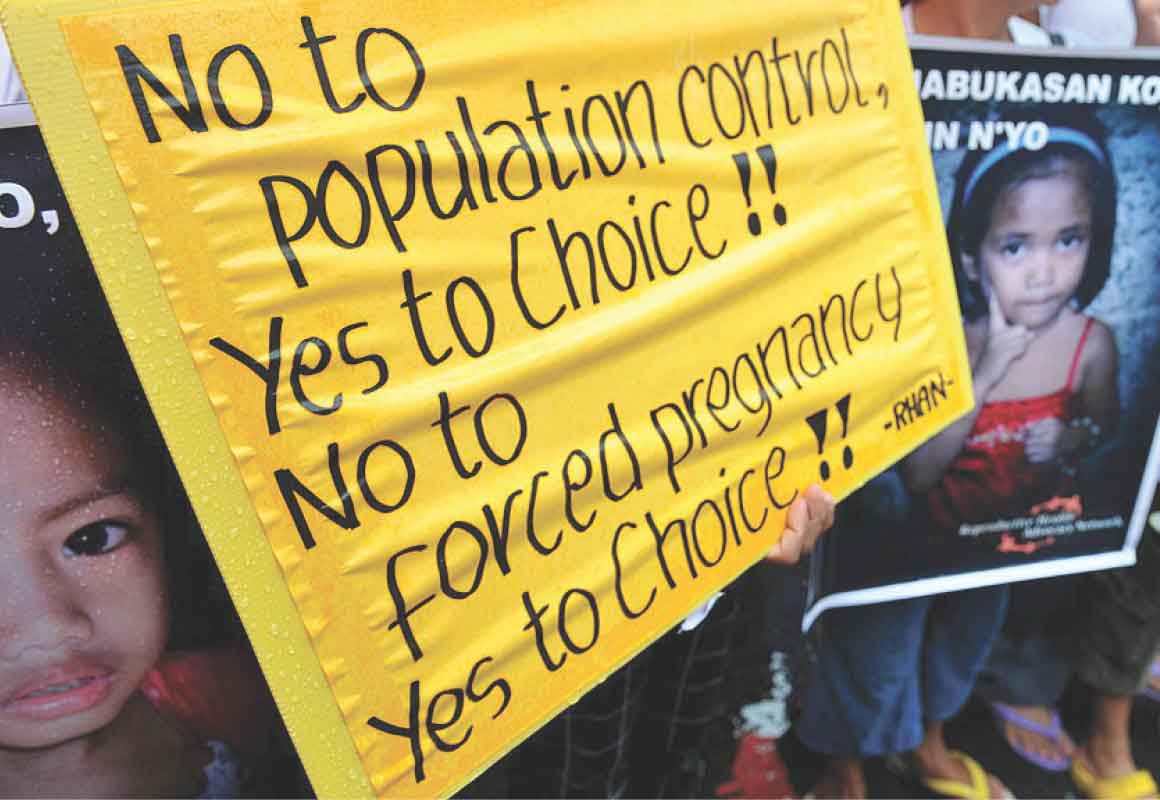The illusion of choice: Adolescent pregnancy
EL SALVADOR/PHILIPPINES — When she was just 16, Yajaira was impregnated by her 18-year-old boyfriend the first time they slept together. They married soon after. “That was the start of a new stage in my life,” recalls Yajaira. “It was an abrupt change because I had to take responsibility for my pregnancy. I had only finished the ninth grade.”
Her situation is all too common. In El Salvador, where she lives, adolescents make up one quarter of all pregnancies (UNFPA El Salvador, 2021). This is a sign of overall disempowerment: teen pregnancies and early marriages are linked to cycles of domestic and sexual violence (UNFPA El Salvador, 2021), a scourge that was already common before it soared by 70 per cent in the COVID-19 pandemic (IRC, 2020). Sexuality education has only recently been added to the national curriculum, and abortion is strictly banned under all circumstances – with no exceptions for rape, incest or if the lives of the mother and baby are at risk.
One might assume, then, that most teen pregnancies are unintended. But in fact, over half of adolescent pregnancies in El Salvador, 58 per cent, were reported as intended by women, while 75 per cent of the men involved considered them intentional (Carter and Speizer, 2005).
When asked if she had made the choice to have a baby at 16, Yajaira does not answer directly. She says that she didn’t have any sexuality education, and that sex and pregnancy just seemed to happen. For her, and for so many young women – especially those marginalized by poverty and a lack of employment or educational opportunities – there is a certain inevitability to early pregnancy and marriage. More than one quarter of Salvadorian girls are married or in informal unions by age 18 (ECLAC, 2020).
While Yajaira did not make an affirmative choice to become pregnant, marriage was a different matter. “My mother didn’t want me to,” she says, “but I didn’t want to repeat my situation for my child, of being raised without a father, so I decided to get married and I went to live with my boyfriend’s parents. It was the most difficult stage of my life. As I was on my way to the city hall to get married, my classmates were at an event to mark the start of high school… It was a reality check. I thought, ‘What am I doing?’”
Her husband had promised she could continue her education, but the reality was different. In addition to caring for her infant son and helping with expenses by making and selling cheese, she attended school in the departmental capital every Saturday. Afterwards, she rushed home to prepare meals for her husband, a situation that irked her mother-in-law. “That nonsense about studying is over,” Yajaira recalls her saying.
On the other side of the world, in Maguindanao in the Philippines, Rahmadina was a typical school girl – until she finished sixth grade. At 14 years old, she fell in love with and married 16-year-old Morsid, giving birth to their first child soon after. These were her own decisions, she says. But she did not expect what followed.
“When we got married, I still managed to finish the first year of high school,” Rahmadinah says, cradling her second child, a newborn. Then her desire to continue school crashed into a harsh reality. After her husband travelled to Manila for work, “he told me to quit because he had stopped studying”.
Despite their financial hardships and the difficulties she sometimes faces raising two children so young, Rahmadinah loves being a mother. Still, she says she thinks about the life she would have had if she had made different choices.
Today, she wants to find work overseas “so that my children could have the things they need,” she says. “But my husband isn’t going to let me. He tells me I can’t. He’ll abandon me if I ever work abroad. So I just stay quiet; I don’t plan on going anywhere anymore.”
Yajaira, too, felt stuck. Though she had made the choice to get married, other life choices were beyond her control. Her husband was unfaithful and emotionally abusive. When Yajaira wanted to leave, he and his parents used her son as leverage: “They asked me to go and to leave my son, not to take him.” Finally, five years into the marriage, she reached a breaking point. She moved back to her mother’s home, taking her son with her. “I wasn’t going to leave my son there. Nobody was going to take my son away from me.”
Determined to chart a different course for herself, she finished her studies and joined the police force, supporting survivors of gender-based violence. She experienced another unintended pregnancy – this time she was using contraception, but it failed. When she told her partner she was pregnant, he left town.
These days, at 34, Yajaira exudes an air of confidence. She is happy with her career, proud of her 6- and 17-year-old boys, and excited about the degree in social work she is soon to complete. And she is raising her sons to be responsible men who reject gender-unequal norms and speak openly about issues like contraception: “It is very common for mothers not to open up and talk to their children about these issues. But it is good to talk to them so that they gain some confidence.”
As for Rahmadina, she too is making decisions to secure her future. She has learned about available contraceptive options and is about to receive her first contraceptive injection. She wants her daughter to have more choices, too. “I want her to finish school, not end up like me, and to achieve her goals before she marries,” she says.





